SUMMARY
This is AI generated summarization, which may have errors. For context, always refer to the full article.
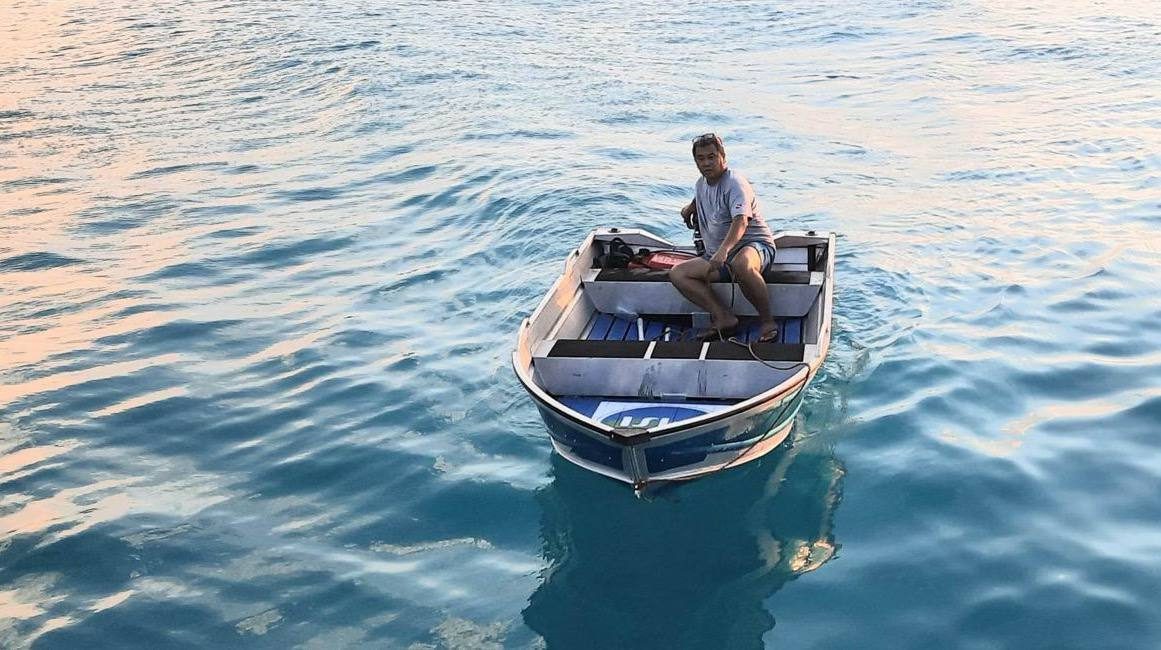
MANILA, Philippines – “We know more about Mars siguro, than the deep ocean.”
It was a Monday and the auditorium at the University of the Philippines Marine Science Institute (UP MSI) was packed with students and faculty members.
In front, wearing a white shirt and a pair of shorts, was Cesar Villanoy.
The 63-year-old oceanographer, one of four physical oceanographers in the country, was speaking in a lecture entitled, “Navigating the Waves of Philippine Oceanography Through Time.”
It seems there was no better person to speak about the progress in the field than Villanoy himself, who founded the first known physical oceanography laboratory in the Philippines.
In his presentation, he consistently referred to students’ research. He wore an easy smile and cracked jokes from time to time. In the institute, he is fondly called “Boss K.”
Before he gave his lecture, the host introduced him and presented his many credentials
Flashed before the audience were photos of the young Villanoy, his hair black, thick, and curly. He was wearing a baggy white shirt.
Dipping toes in the water. Then the plunge.
That was around 40 years ago.
In 1982, he entered UP MSI as a 22-year-old research assistant. He had just finished his undergraduate degree in Zoology from the UP Los Baños.
Entering the institute set off a series of events that eventually formed the life he can now look back to.
It was where he met the woman he would soon marry and have two children with. When they were younger, his kids would visit his office in the Diliman campus after school, waiting for their father to finish work.
If things had gone differently, Villanoy would have been a doctor. He took Zoology in college with his parents – his father, a farmer in a pineapple plantation, and his mother, a public school teacher – hopeful that he would take up medicine.
He didn’t. In college, he went to visit the beach town of Puerto Galera in Mindoro for an elective class. Then the boy who grew up surrounded by the mountains of Bukidnon fell in love with the sea.
“I had already finished my PhD. I was already working here and my father would still ask me, ‘How much is your salary there?’”
He laughed. “Eventually, they gave it up.”
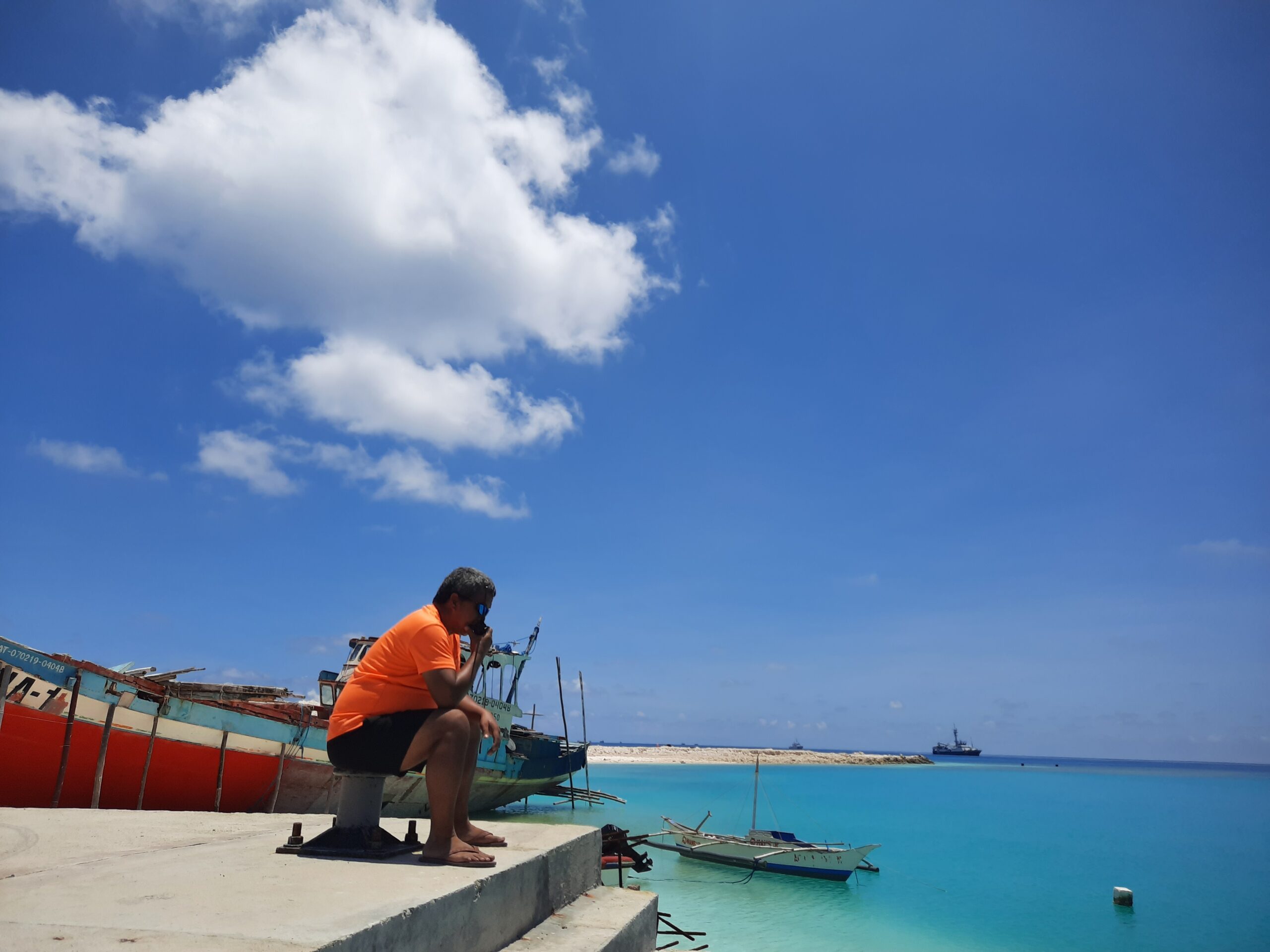
But what got him into oceanography?
“I wanted to take up marine [science]. But my memory is weak,” Villanoy shared. “Biology requires a lot of memorization. I’m more comfortable with numbers and computers. This is it. Physical oceanography is just essentially the physics of the oceans.”
It was national scientist and UP MSI’s founding director Edgardo Gomez who mentored Villanoy. Gomez was Villanoy’s boss when he was still a research assistant.
“Dr. Villanoy said it was Dr. Gomez who encouraged him to take up physical oceanography,” Charina Repollo, deputy director for research at the UP MSI, told Rappler in an interview. “Because that’s what we don’t have in the Philippines.”
Repollo is Villanoy’s former student and now one of the few oceanographers in the country. She said that kind of support is one of the reasons Villanoy went to Australia in 1986 to take up graduate studies in physical oceanography at the University of Sydney.
He returned to the UP MSI in 1992 and started the Physical Oceanography Laboratory.
A mentor in the field and back
Heaps of paper are stacked on the tables in the small office of the physical oceanography unit. At the right side of the room near the window overlooking the hallway, there’s a coffee maker that’s starting to cool.
Villanoy walked in around lunch time. He had just come from a workshop that’s part of UP MSI’s series celebrating 50 years since their founding.
We conducted the interview in the middle of the room, three research assistants within earshot. I asked him about what he thinks his legacy would be if his plan to retire next year pushes through.
“Establishing physical oceanography in the institute,” he said after a pause. Then he added, “I’m sure this will continue. There are many people pursuing oceanography now.”
Janelle Sihay, one of Villanoy’s students taking up her master’s at the UP MSI, said students get inspired by how Villanoy teaches the subject. Physical oceanography is one of the core courses in the program.
Sihay is based in Cagayan de Oro and entered the program during the pandemic, when classes were held online.
You would think that because he’s been teaching the subject for the longest time, he’s already set in his ways, said Sihay. But that’s not the case.
She shared that one time in class, with only two students, Villanoy created a rotating tank to demonstrate how geostrophic flow and thermal wind balance work.
When in the field, Sihay said Villanoy is a tinkerer. During a work trip to Pag-asa Island in the West Philippine Sea, Sihay said she noticed that Villanoy was “very hands-on” with electrical boards, circuits, and sensors.
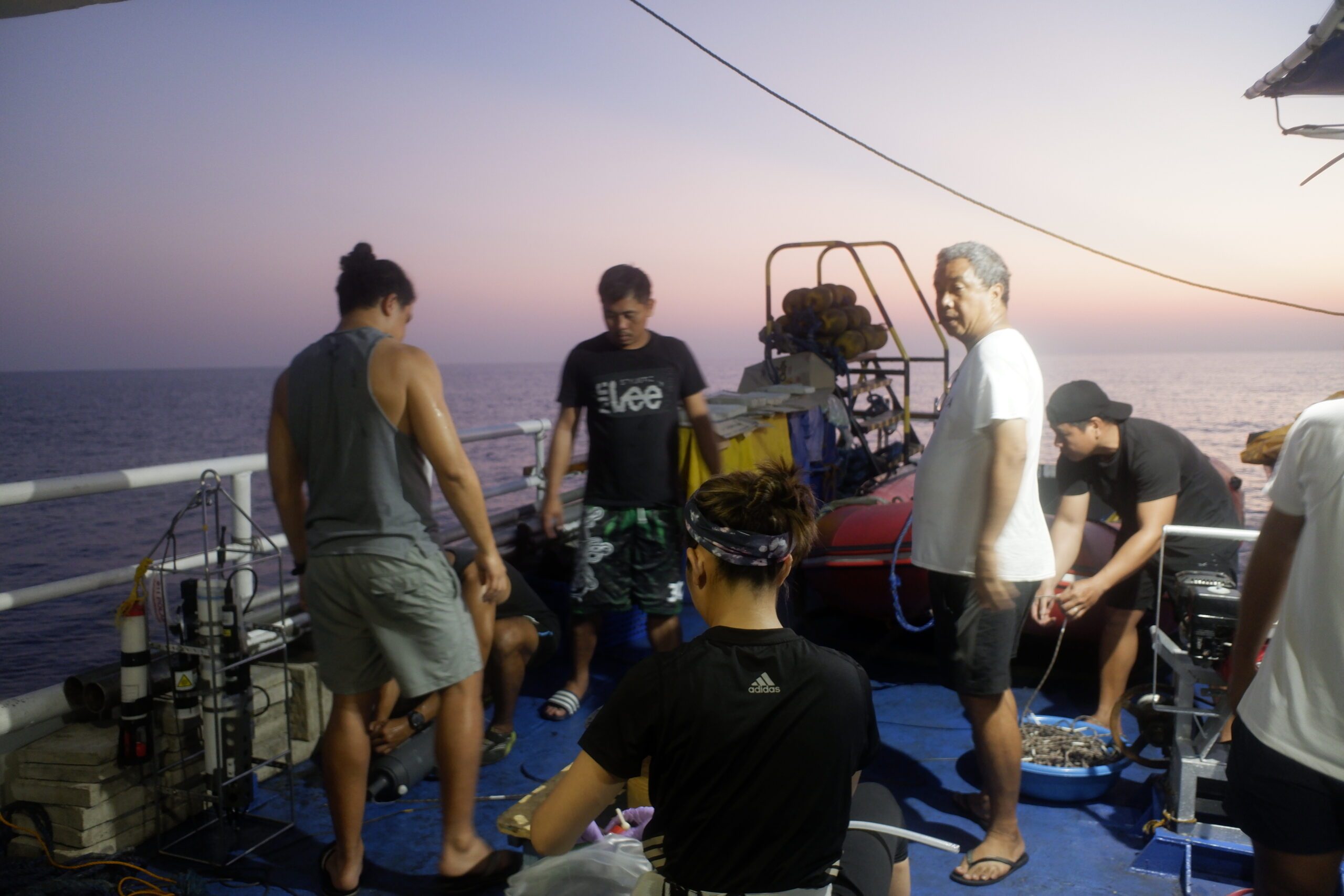
Setting up equipment sometimes becomes teaching moments.
Out in the field, Villanoy would tell researchers lots of stories. Repollo, who recognized Villanoy’s patient guidance when she made the leap from fisheries to oceanography, said his passion and enthusiasm have been contagious.
“His eagerness to learn, his hard work to model and troubleshoot scripts, also motivate us to learn more.” The rigor inspired her to work harder. It’s also what made Repollo sure of the field she chose.
Repollo would remember being sent to high-level meetings even as a young researcher. “He really has confidence to send us to those kinds of meetings without hesitation that we can do it,” she shared. “So, it gives us confidence. It gives us exposure not only locally but abroad.”
Accidental nation-builder
Studying Philippine waters can get scientists like Villanoy involved in political tensions and maritime disputes, and be in the international limelight if the dispute is about the West Philippine Sea.
But Villanoy prioritizes his research, doing science, managing his team, and leading expeditions. Nation-building for him is about training people and building the capacity of people to navigate and study the waters of a country’s territory.
The oceanographer has led expeditions to Benham Rise, Bohol Sea, and the Kalayaan Island Group, among others.
In 2017, the National Academy of Science and Technology, the highest scientific advisory body in the Philippines, conferred the title academician on Villanoy for his exemplary work in physical oceanography. That was exactly 20 years after Villanoy was named Outstanding Young Scientist Awardee by the same body in 1997.
He doesn’t talk politics, at least not in the pedantic way other academics do. He has been shaped by decades out at sea, by being on contested waters, and by talking to fisherfolk themselves.

“Have you been to Pag-asa?” he asked me. I shook my head.
“At night in the West Philippine Sea, there are a lot of lights,” he continued. “They’re fishing in our seas. Many borrow [from our seas]. But there are no Filipino fishermen. Many are Chinese. It’s frustrating because we can’t use our own exclusive economic zone.”
Yet it’s also been a constant frustration for Villanoy that research that centers on pure oceanography doesn’t get the support it needs.
To get funding, one has to package project proposals in relation to economic benefits. Research should be designed with the goal of immediate returns in mind.
“Sometimes it’s difficult to try to understand what’s happening in the sea when you’re trying to address matters for immediate benefits,” he said.
But he would also say that fisherfolk know the waters better than oceanographers.
If there’s an upside to research being oriented toward economic rewards, it’s that line agencies in the government take notice and appreciate oceanography.
This is also the reason why the UP MSI is creating the Professional Master’s in Operational Oceanography, which can be taken by civil servants, including those in the Philippine Coast Guard, and those in the military such as Philippine Navy personnel.
The focus is on hands-on applications, said Villanoy. It’s the faster track toward completing graduate studies. Villanoy believes the program is needed to upgrade the skills and knowledge of those entrusted to protect the national territory. We are, after all, an archipelagic country.
As the sun sets
At work, there are things he will miss and things he won’t once he retires.
On top of the things he won’t miss: the bureaucracy in the university that makes procuring, repairing oceanographic equipment or something as simple as buying office supplies tedious and slow.
Then on top of the things he will miss: the sunrise and sunset at sea.
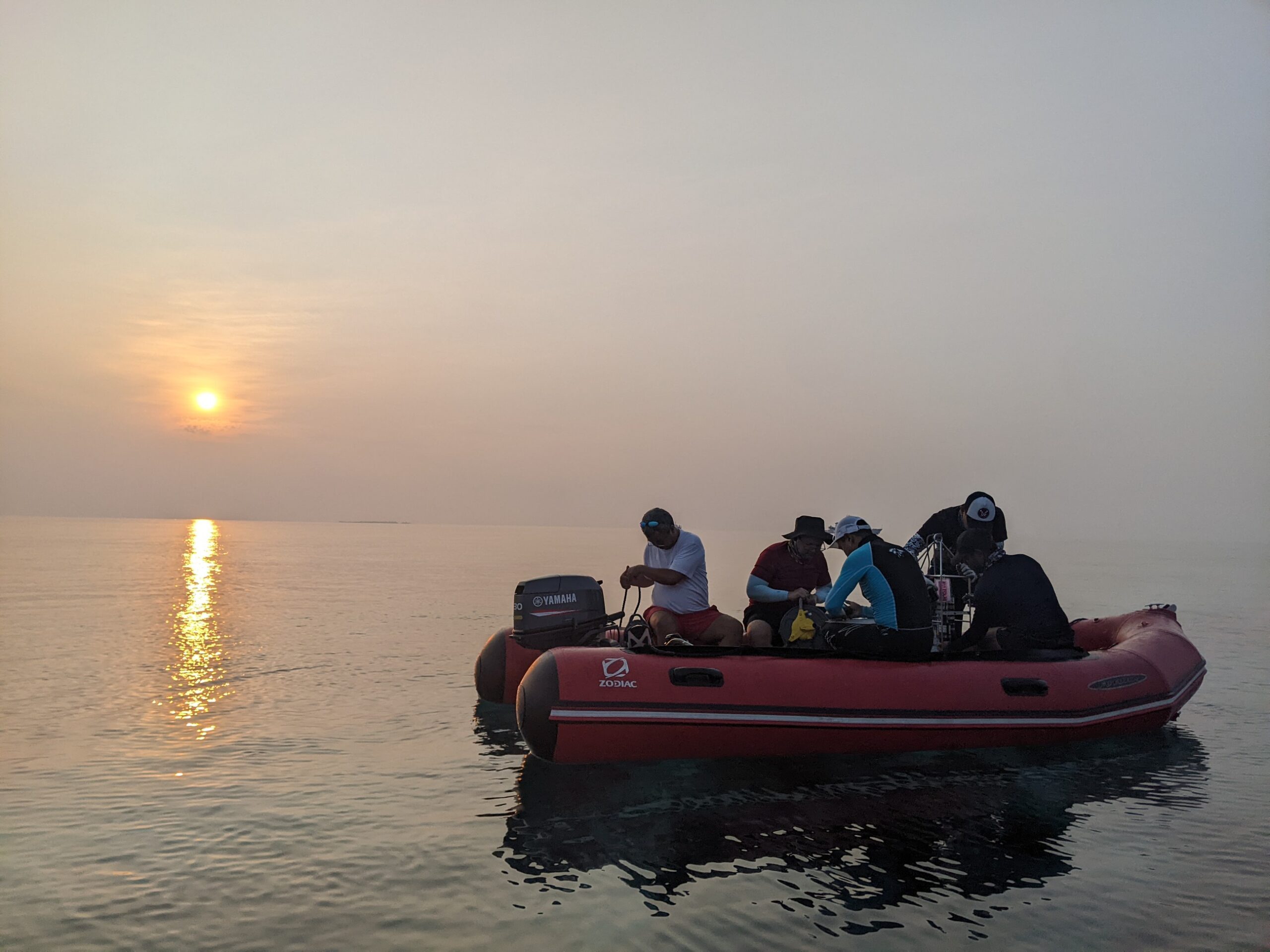
There are certain vivid memories. Sunset at Sulu Sea, the light diffused by haze in Indonesia. The exposed environment in Benham Rise that makes hiding from bad weather a challenge.
“Masarap sa dagat. Ang mga favorite times ko sa dagat eh sunrise and sunset. ‘Yun ‘yung ma-appreciate mo kahit pagod na pagod ka ‘pag nakikita mo ‘yun. Bawas pagod ‘yun.”
(It’s good to be out at sea. My favorite times at sea are sunrise and sunset. That’s what you appreciate even when you’re tired, when you see that. That takes away the exhaustion.)
There are certain hopes, too, that persist after four decades in the field: more Filipino oceanographers, and more funding, equipment, and institutional support.
When he retires, he said he will travel around the Philippines. Only this time, for leisure. Won’t he miss the rush? “Not anymore,” he laughed.
I asked him how he would sum up his life and work so far in one word.
“Satisfying.” – Rappler.com
Quotes have been translated to English for brevity.
Add a comment
How does this make you feel?






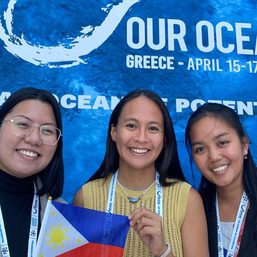
![[WATCH] John Kerry: You can’t solve climate crisis without addressing ocean’s challenges](https://www.rappler.com/tachyon/2023/12/cop28-united-states-john-kerry-december-2-2023-reuters-001.jpg?resize=257%2C257&crop_strategy=attention)
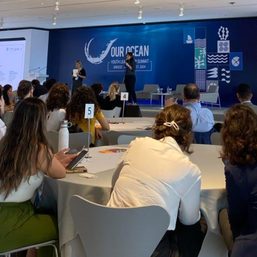
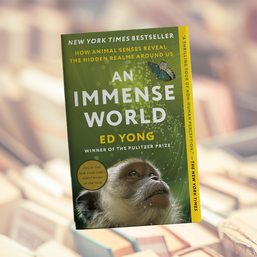
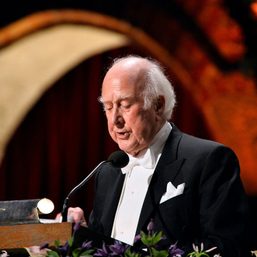
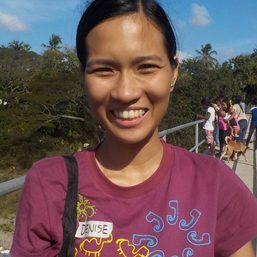
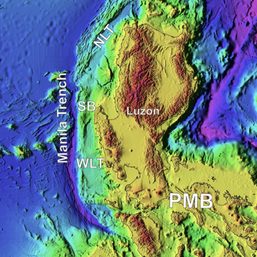









![[Just Saying] SONA 2024: Some disturbing points](https://www.rappler.com/tachyon/2024/07/TL-marcos-sona-points-july-23-2024.jpg?resize=257%2C257&crop=335px%2C0px%2C720px%2C720px)



There are no comments yet. Add your comment to start the conversation.